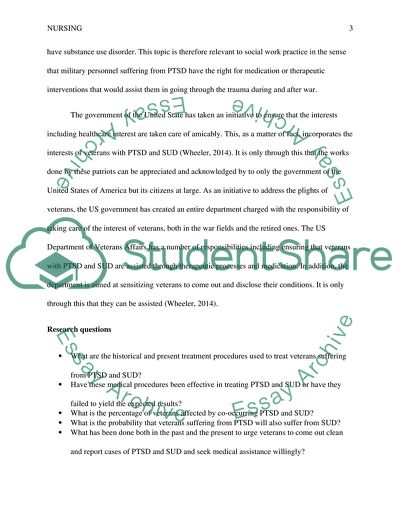Cite this document
(The US Veterans with Co-occurring PTSD and Substance Abuse Research Paper, n.d.)
The US Veterans with Co-occurring PTSD and Substance Abuse Research Paper. Retrieved from https://studentshare.org/health-sciences-medicine/1878411-veterans-with-co-occurring-ptsd-and-substance-abuse
The US Veterans with Co-occurring PTSD and Substance Abuse Research Paper. Retrieved from https://studentshare.org/health-sciences-medicine/1878411-veterans-with-co-occurring-ptsd-and-substance-abuse
(The US Veterans With Co-Occurring PTSD and Substance Abuse Research Paper)
The US Veterans With Co-Occurring PTSD and Substance Abuse Research Paper. https://studentshare.org/health-sciences-medicine/1878411-veterans-with-co-occurring-ptsd-and-substance-abuse.
The US Veterans With Co-Occurring PTSD and Substance Abuse Research Paper. https://studentshare.org/health-sciences-medicine/1878411-veterans-with-co-occurring-ptsd-and-substance-abuse.
“The US Veterans With Co-Occurring PTSD and Substance Abuse Research Paper”, n.d. https://studentshare.org/health-sciences-medicine/1878411-veterans-with-co-occurring-ptsd-and-substance-abuse.


